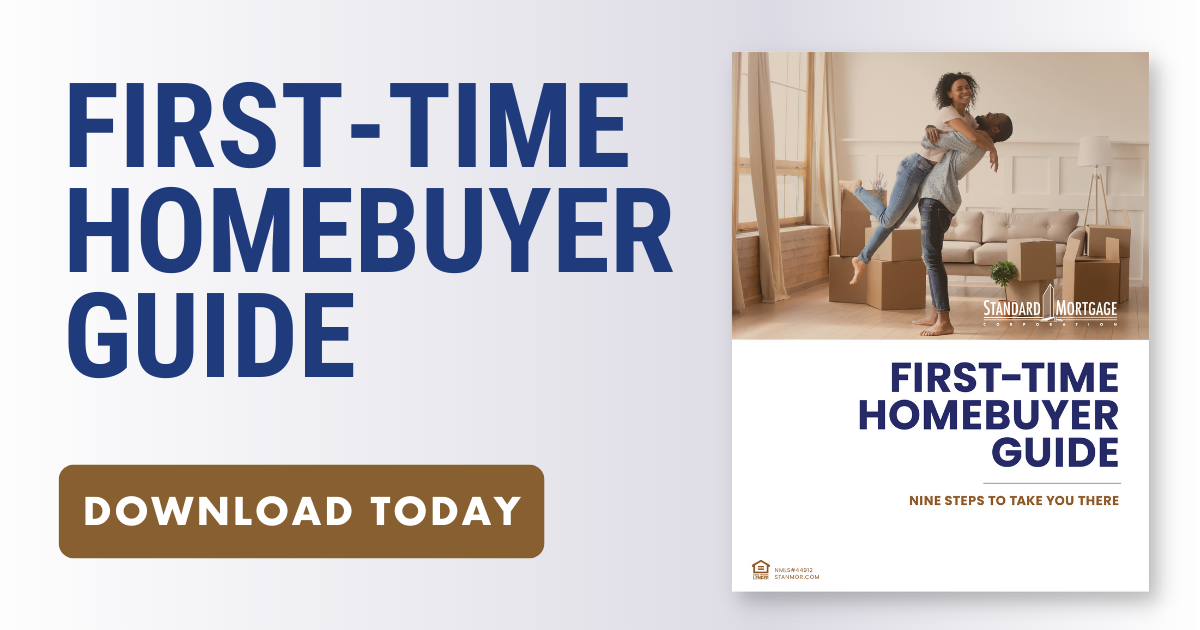- Toll Free: 800-448-4190
- Buy a House
- Refinance
- Loan Options
- Resources
- Insurance
- Blog
- Contact Us
- About Us
- Careers
- Make A Payment
An adjustable rate mortgage loan (ARM) generally begins with an interest rate that is 2-3 percent below a comparable fixed rate mortgage. This could allow you to buy a more expensive home.
However, the interest rate adjusts at specified intervals (for example, every year) depending on changing market conditions. If interest rates go up, your monthly mortgage payment will also go up. If rates go down, your mortgage payment will drop.
There are also mortgages that combine aspects of fixed and adjustable rate mortgages — starting at a low fixed-rate for 7-10 years, for example, and then adjusting to market conditions. Ask your mortgage professional about these and other special kinds of mortgages that fit your specific financial situation.
Most adjustable rate loans have a low introductory rate or start rate, sometimes as much as 5.0 percent below the current market rate of a fixed loan. This start rate is usually good from one month to as long as 10 years. As a rule, the lower the start rate, the shorter the time before the loan makes its first adjustment.
All adjustable rate loans carry interim caps. Many ARMs have interest rate caps of six months or a year. There are also loans that have interest rate caps of three years. Interest rate caps are beneficial in rising interest rate markets but can also keep your interest rate higher than the fully indexed rate if rates are falling rapidly.
The index of an ARM is the financial instrument to which the loan is “tied” or adjusted. The most common indices or indexes are the 1-Year Treasury Security, LIBOR (London Interbank Offered Rate), Prime, 6-Month Certificate of Deposit (CD), and the 11th District Cost of Funds (COFI). Each of these indices moves up or down based on conditions of the financial markets.
Almost all ARMs have a maximum interest rate or lifetime interest rate cap. The lifetime cap varies from company to company and loan to loan. Loans with low lifetime caps usually have higher margins, and the reverse is also true. Loans that carry low margins often have higher lifetime caps.
The margin is one of the most important aspects of ARMs because it is added to the index to determine the interest rate you pay. The margin added to the index is known as the fully indexed rate. For example, if the current index value is 5.50 percent and your loan has a margin of 2.5 percent, your fully indexed interest rate is 8.00 percent. Margins on loans range from 1.75-3.5 percent depending on the index and the amount financed in relation to the property value.
Standard Mortgage is here to help you navigate the daunting, complicated process that lies ahead. In this eBook, we'll walk through the steps you'll have to take before you hold the keys to your new home.

Copyright 2024, Standard Mortgage Corporation
All Rights Reserved

NMLS #44912


Proud Partner of
Tulane® Athletics
Standard Mortgage Corporation (SMC) NMLS #44912 is an Equal Housing Lender. SMC is licensed or registered as a residential mortgage company in Louisiana #RML 496-0; Alabama #4929; Arkansas #10626, Colorado, Florida #MLD502, Georgia#14750, Mississippi #44912, North Carolina #L-124936, Oklahoma #ML010154, South Carolina #MLS-44912, Tennessee #108900, Texas and Virginia MC - 7619 (http://nmlsconsumeraccess.org). Credit and collateral are subject to approval. Terms and conditions may apply. Programs, rates, terms, and conditions are subject to change and to borrower(s) qualification. This is not a commitment to lend. For refinance advertisements that state a reduction on the monthly payment, please note: the total finance charges may be higher over the life of the loan.